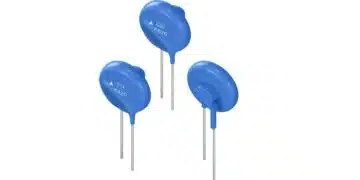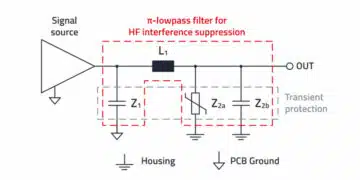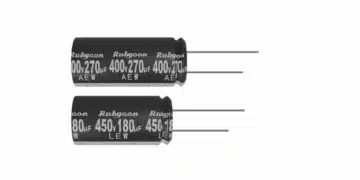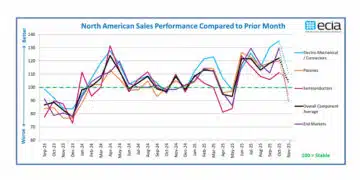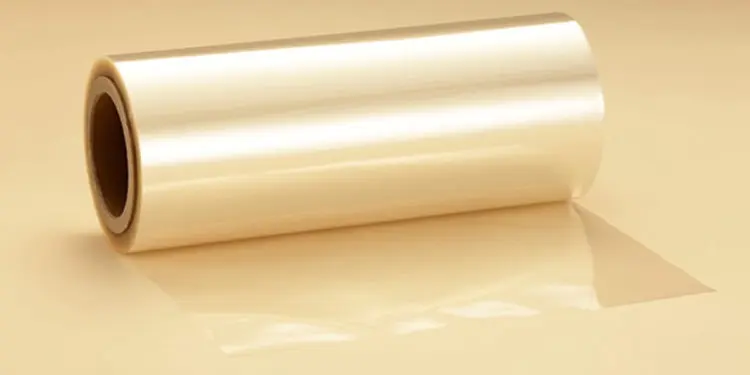Toray Industries, Inc., announced that it will lift production capacity for Torayfan® oriented polypropylene film for Automotive capacitors by 60% at its Tsuchiura Plant in Ibaraki Prefecture in 2022.
The goal is to capitalize on an expanding market for electric vehicles. Torayfan is a lighter plastic film among other plastic films. It is a very tough material with excellent mechanical and electrical properties. Its broad application extends from industrial to film capacitors and packaging.
Film capacitors, a prime application of Torayfan, are commonly used in electric circuits of consumer electronics, IT equipment and inverter circuits for the power control units of electric vehicle motors.
Since film capacitors are relatively large components in power control units, PCUs have been desired to be smaller and lighter to enable Automotive OEMs to improve driving performance and efficiency while enhancing interior spaces and design flexibility.
In order to reduce capacitor size, moreover, the film must be thinner. But the problem is that thinner films reduce voltage resistance. Torayfan dominates the automotive capacitor film market because of its unique technologically in maintaining thinness and voltage resistance.
Recent years have seen automotive emissions regulations tighten around the world amid a growing awareness of environmental issues. It has become difficult for vehicles employing internal combustion engines to clear regulatory requirements. It is against that backdrop that the demand for electric vehicles is set to grow 20% annually.
The growth drivers are Europe and China, where stricter environmental legislation are to be in force. Toray’s Tsuchiura Plant increased capacity would cater to the demand expansion for automotive capacitors. By swiftly boosting capacity at that facility, Toray hopes to further expand its business in the years ahead in keeping with its corporate philosophy of contributing to society by creating new value with innovative ideas, technologies, and products.
featured image: TORAYFAN™Polypropylene Film; image credit Toray Industries


